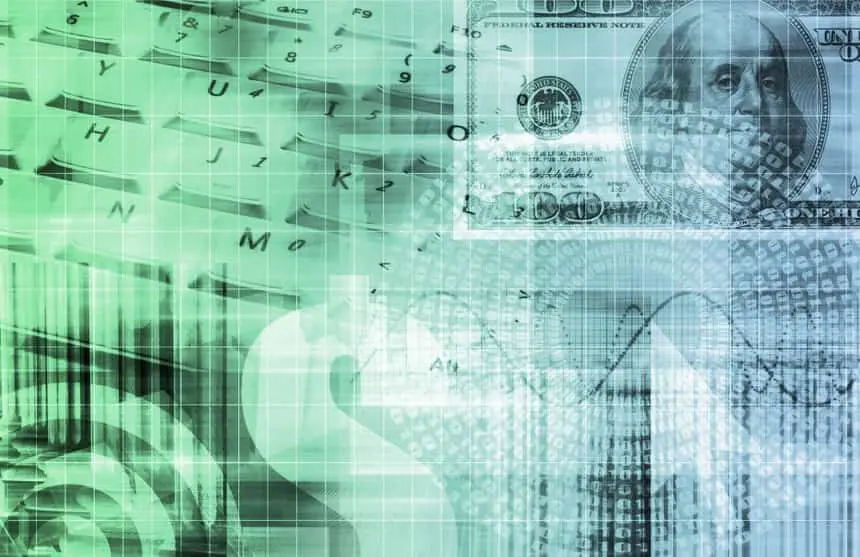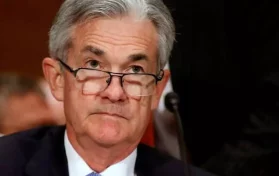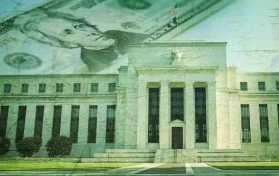
Earlier this year, Fed chair Jay Powell announced that the Reserve would likely raise interest rates multiple times during 2022. They raised them in March, and, on Wednesday, they raised rates by a half-point. This was the first time the Fed has taken such a drastic action in two decades.
Inflation has surged since early 2021, growing from 1.7 percent in February 2021 to an astounding 7.9 percent within one year. In March, inflation hit 8.5 percent. Inflation went up every month in 2021, but it grossly increased in late summer when supply chain issues began to affect a market that was already experiencing high demand. Gas has gone up, and the price of groceries has surged. Americans are struggling to purchase necessities, and the Fed is raising rates in order to cool down a rapidly surging inflation rate.
The Fed also announced that it is planning to reducing its balance sheet, which has reached a whopping $9 trillion. The balance sheet has doubled since the pandemic, an effect of the central bank buying mortgage-backed securities as well as other Treasury products so that borrowing would remain low-cost. In order to reduce the balance, the Fed will begin reducing the balance by $47.5 billion per month. This will increase the run-off rate to $95 billion over the following three months.
This move is further expected to tighten credit for American citizens.
This is the most aggressive ratcheting of monetary policy in quite some time, but it is what the Fed believes it must do to bring inflation rates down.
Jerome Powell, who heads the Federal Reserve, told reporters in a post-meeting press conference, “Inflation is much too high. We understand the hardship it is causing, and we’re moving expeditiously to bring it back down. We have both the tools we need and the resolve that it will take to restore price stability on behalf of American families and businesses.”
However, many financial experts believe that America – and perhaps the world – is in for a recession. If not this year, the recession may take place in 2023.
The Fed is looking to “engineer a soft landing” – a “sweet spot” in which the Fed can bring down inflation without creating an economic downturn. The economy is expected to slow down due to the higher interest rates, which often deter businesses from utilizing credit. The move could also make it harder for individuals to get loans as well.
Powell also shared that the Fed wants to “front-load rate hikes in order to reach a neutral level that neither sustains nor hurts growth.” Powell further implied that not only is it possible the country could see more fifty point rate hikes, but a seventy-five percent (or three-quarter point) rate hike is not possible in the foreseeable future.
Powell’s comments weren’t all gloomy; he did relate that the board expects inflation to return to two percent. The Fed also expects the labor market to remain strong. Unemployment is down to 3.5 percent in the most recent reports.
Economists criticized the move, saying the Fed has waited much too long to act regarding inflation. Deutsche Bank, Goldman Sachs, and Bank of America have all predicted a recession by 2024.
Consumer spending remains strong, as does business spending. Even so, the economy is beginning to slow down somewhat. Last week, the Labor Department reported that the economy was actually -1.4 percent for the first quarter of 2022. Those are the worst numbers for Gross Domestic Product since the pandemic broke out in March 2020.





